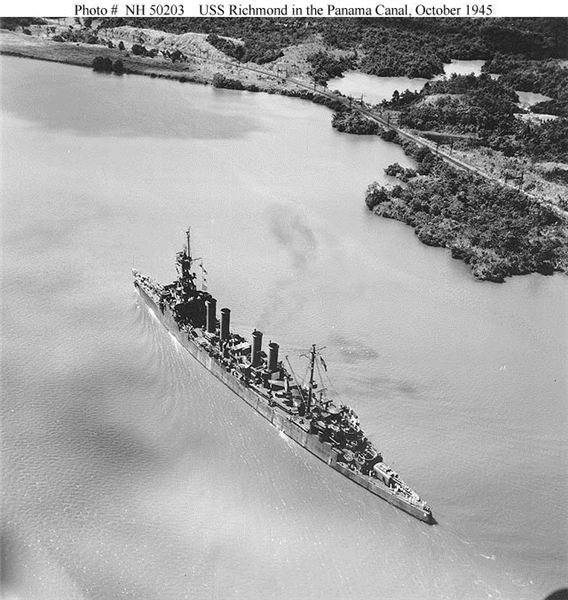Brief History & Timeline of the Building of the Panama Canal
The History of the Panama Canal
The construction of the Panama Canal is considered to be one of the greatest engineering feats of all time. A total of 34 years of on and off construction finally saw the opening of the Panama Canal on August 15, 1914 by the passing-through of the SS Ancon. During the construction of the Panama Canal, nearly 80,000 people died and a very huge sum of $600,000,000 was spent.
Early History Timeline
1534 AD - After a suggestion from a Spanish official, Charles v, King of Spain and The Holy Roman Emperor, orders a survey of a route through
Panama. The result would be a successful trade route from Spain to Peru, Ecuador and other countries with which Spain had good trade relationships. Additionally, a route through Panama would also give Spain a tactical edge over Portugal.
1855 AD - William Kennish, an engineer from the US but of Manx origin, surveyed the Panama for a feasible route and issued a report for the proposed Panama Canal. The book titled, “The Practicality and Importance of a Ship Canal to Connect the Atlantic and Pacific Oceans” was published that gave a detailed account of William Kennish’s report for the proposed Panama Canal.
January 1, 1882 - The construction of the Panama Canal by the French begins headed by Ferdinana de Lesseps.
1902 - The canal lease is sold to the US for practically nothing and USA takes over the project.
February 23, 1904 – The US takes control of the construction of the Panama Canal with the help of a treaty with Panama.
August 15, 1914 - With the passage of the SS Ancon the canal is officially opened. A total of 34 years spanning from 1880 to 1914 were taken to construct the engineering marvel after many failed attempts.
Health Concerns During the Construction of the Canal
While the canal was being constructed by the French, a large hospital, considered to be the largest in that tropical area was built at Panama City and another smaller one at Colon. Due to poor hygienic conditions and exposure to poisonous gases during construction, many people became seriously ill. At that time malaria was prevalent and mosquitoes weren’t yet identified as the disease carriers. Since the hospitals did not have screens and there were pots of water kept lying around, the conditions were just perfect for the mosquitoes to breed. This resulted in a rapid spread of malaria, and eventually after a lot of loss the French gave up on building the canal.
In 1897, Britain’s Ronald Ross identified the cause of malaria and proved that it was treatable. This was a significant change in the phase of building the canal as appropriate steps were taken, like preventing water from stagnating and using nets, malaria and yellow fever were brought under control.
By the time the US took over the construction of the Panama Canal in 1904, nearly 34,000 had already died during the project, most of them due to yellow fever and malaria. Colonel Willliam Crawford Grogas was appointed the head of hospitals and sanitation and took serious steps in preventing malaria from spreading. He divided Panama into eleven districts and sent inspectors to search houses and buildings for mosquito larvae. They had to cut bushes and eliminate standing water, check where water stagnated and provide a solution for stationary water. They had to check wetlands and swamps and spray them with tanks of spray oil so that the larvae died under the thin film of oil. Thus malaria was brought to a halt and this paced up the construction of the Panama Canal.
Today the Panama Canal has no cases of malaria or yellow fever, and it is considered safe to live there.
References
- Image Credit: history.navy.mil
